Weir Farm National Historical Park
Visit the home and studio of America's most beloved Impressionist, J. Alden Weir, and walk in the footsteps of generations of world-class artists. Set amidst more than 60 acres of painterly woods, fields, and waterways, you’ll soon see why Weir described his home as the "Great Good Place." Weir’s farm is a national legacy to American Impressionism, the creative spirit, and historic preservation.
If you are coming to Weir Farm National Historical Park as part of a group that will require three or more vehicles, please call in advance to arrange a group visit. Follow Route 7 the Branchville section of Ridgefield. Turn onto Route 102 West at a traffic light. Take 2nd left onto Old Branchville Road. Turn left at first stop sign onto Nod Hill Road. Follow Nod Hill Road one mile; continue straight after stop sign at Pelham Lane to 735 Nod Hill Road
- Arts and Culture
- Guided Tours
- Self-Guided Tours - Walking
- Hands-On
- Hiking
- Front-Country Hiking
- Junior Ranger Program
- Wildlife Watching
- Birdwatching
- Park Film
- Museum Exhibits
- Shopping
- Bookstore and Park Store
- Architecture and Building
- Arts
- Painting
- Photography
- Sculpture
- Landscape Design
- Schools and Education
- Women's History
- Animals
- Birds
- Forests and Woodlands
- Geology
- Grasslands
- Meadows
- Rock Landscapes and Features
- Scenic Views
- Wetlands
Weir House
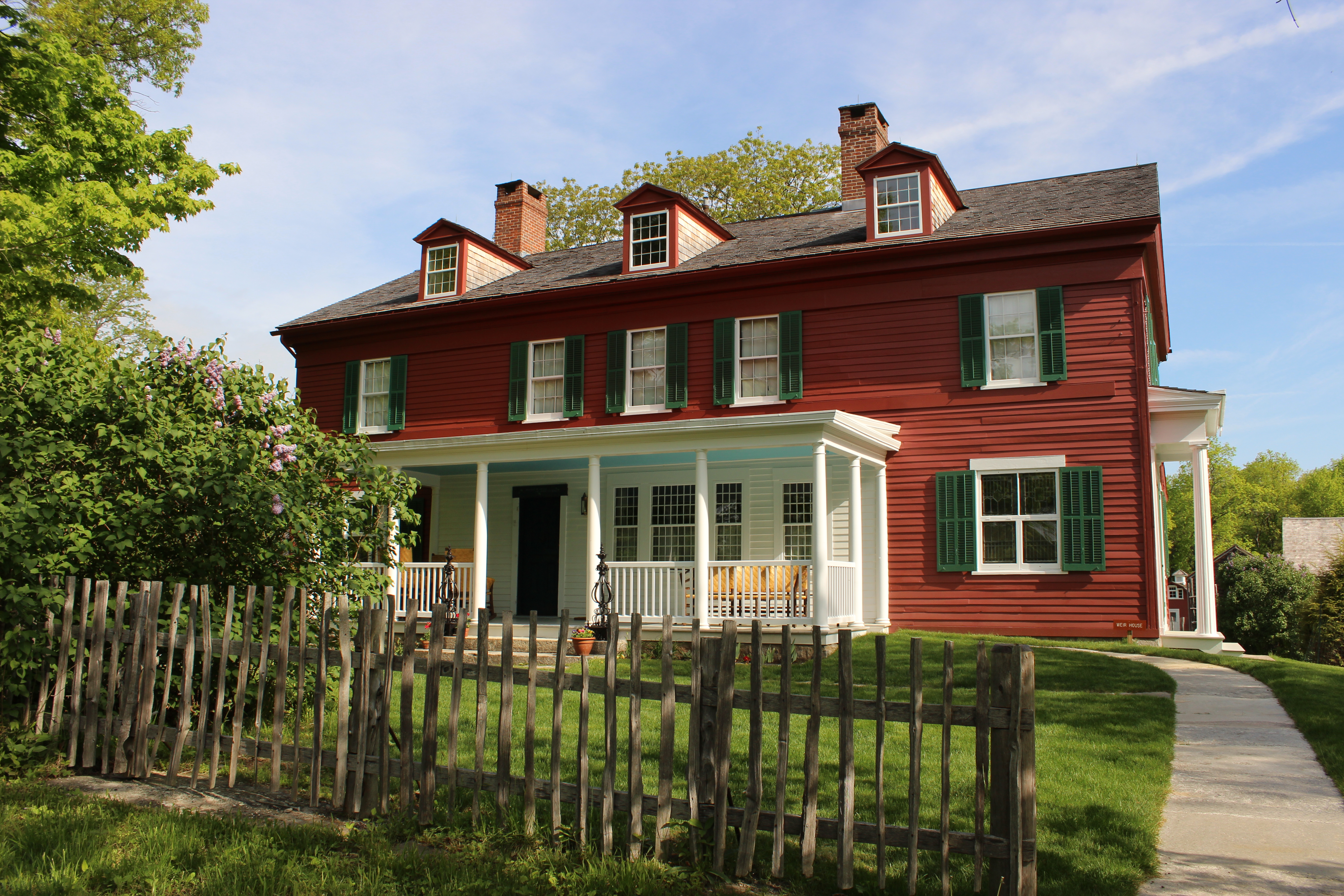
The Weir House was home to three generations of artists, beginning with Impressionist painter Julian Alden Weir in 1882.
Living Room of the Weir House
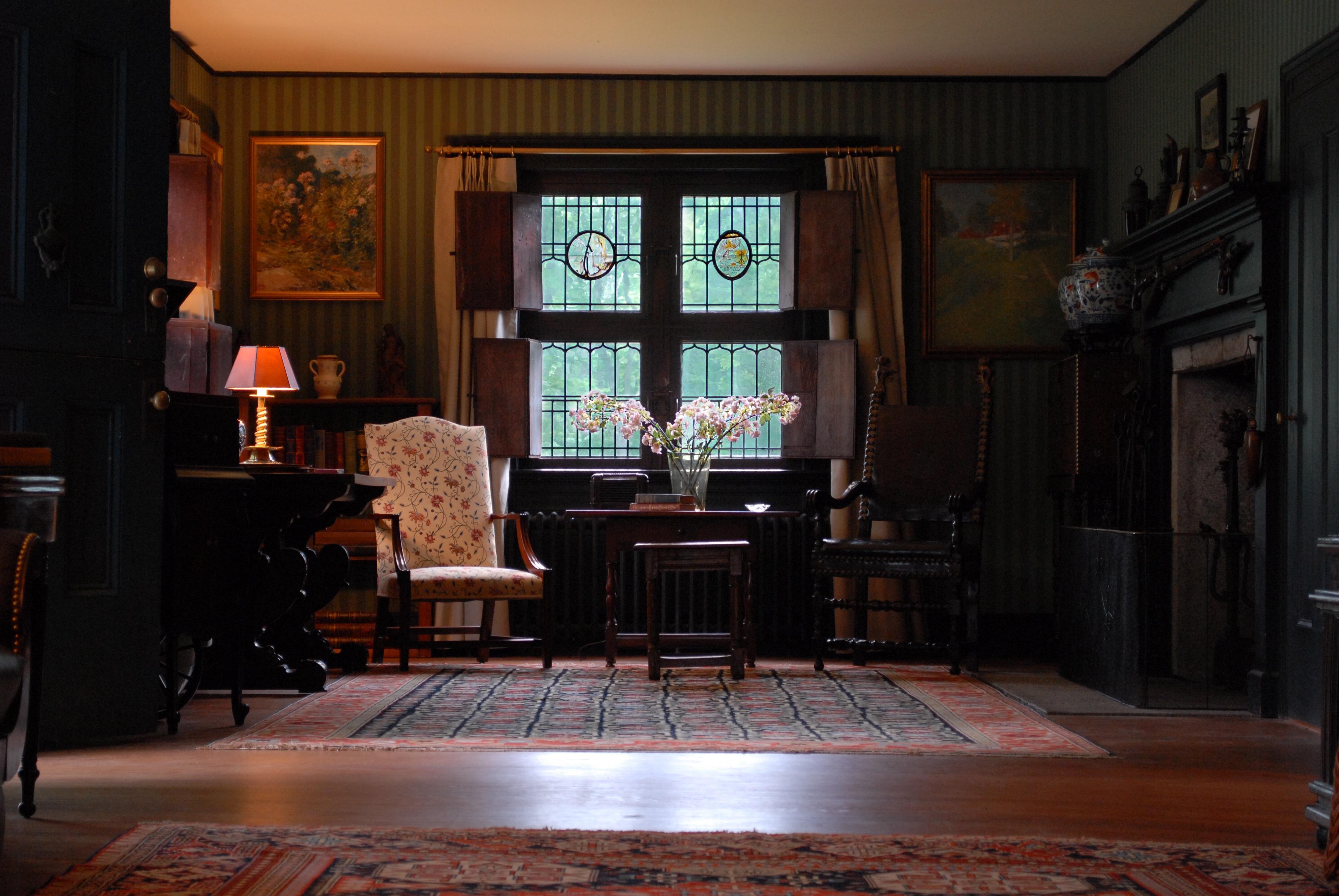
Weir House tours are offered seasonally, Wednesday through Sunday.
Plein Air Painting of Weir Studio
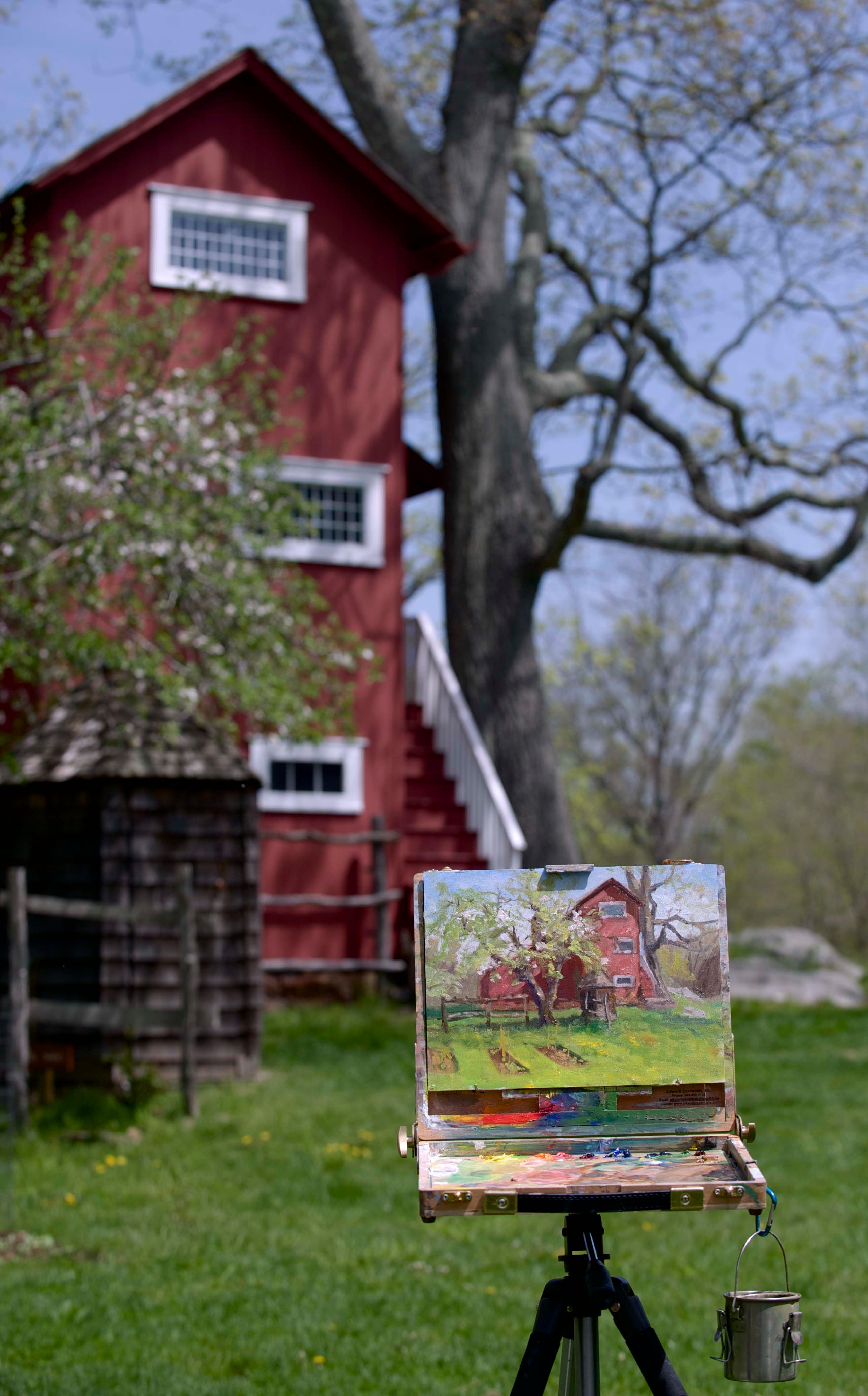
An oil painting of Weir Studio by artist Mary Burkhardt at Weir Farm National Historical Park.
The Inside of the Young Studio
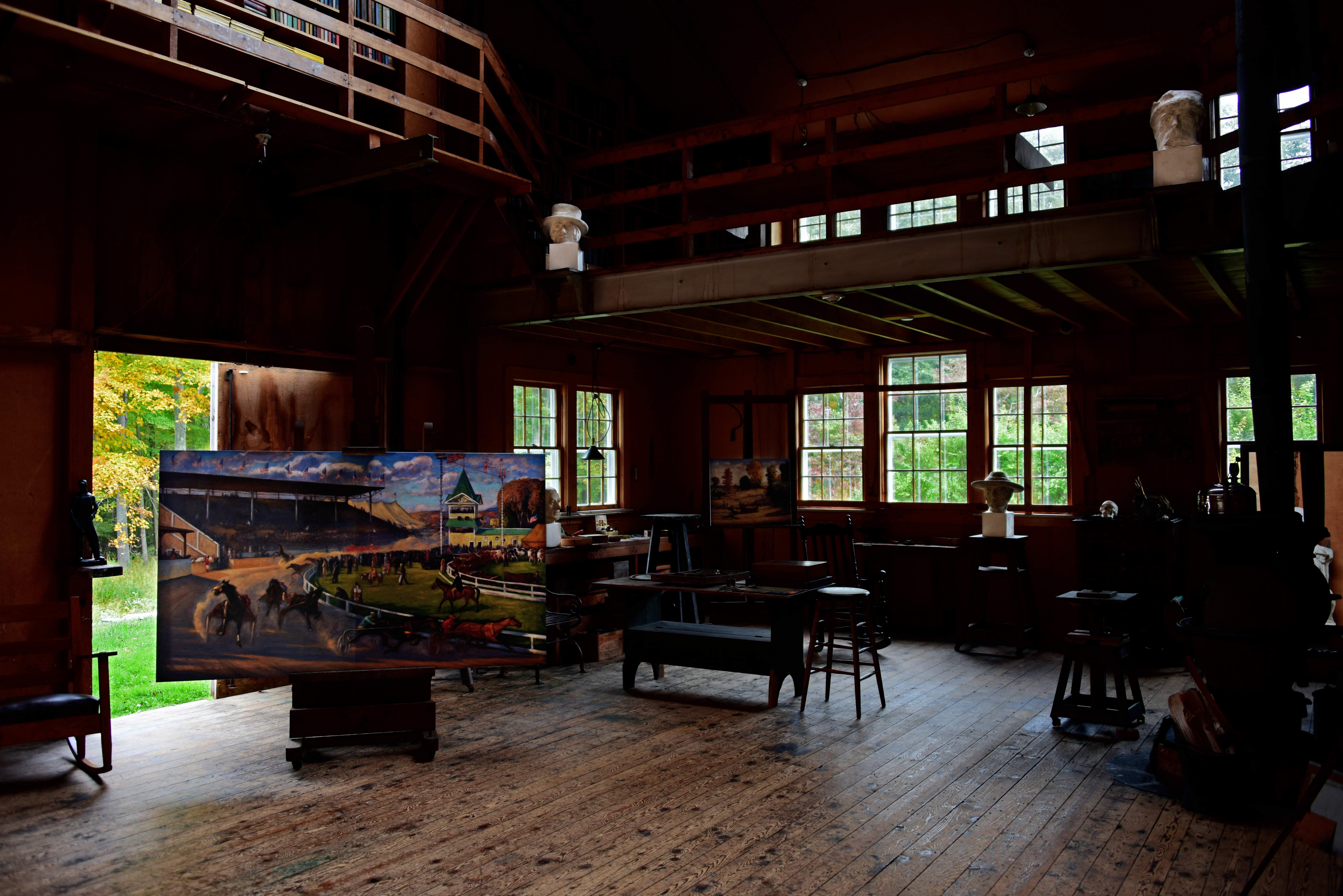
The Young Studio has been restored to circa-1940 and is historically furnished. Mahonri Young once owned many of the furnishings and art supplies in the building.
Weir Barn
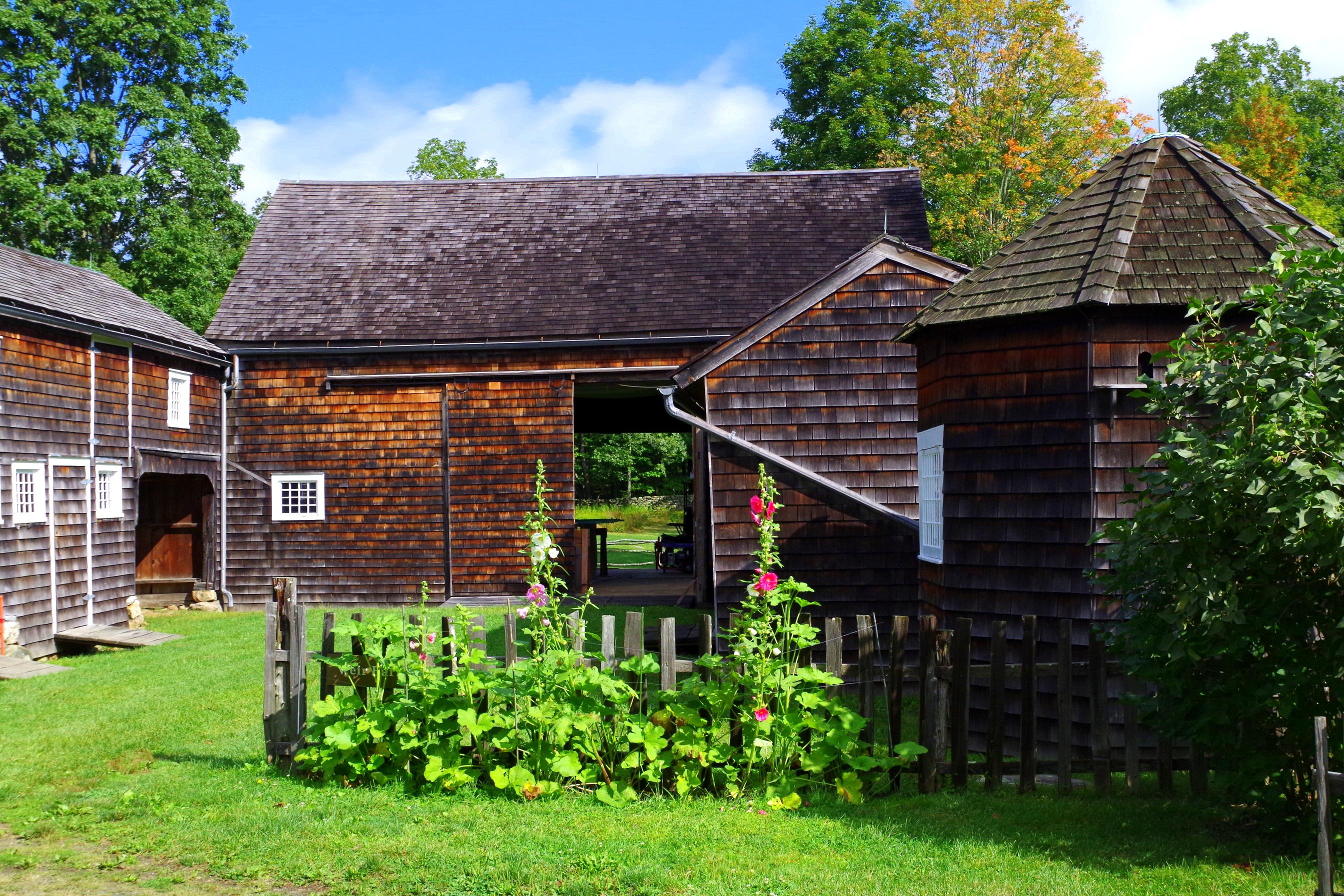
The Weir Barn and its outbuildings - the tack house, chicken coop, ice house, and corn crib - were crucial to the working farm.
Weir Pond
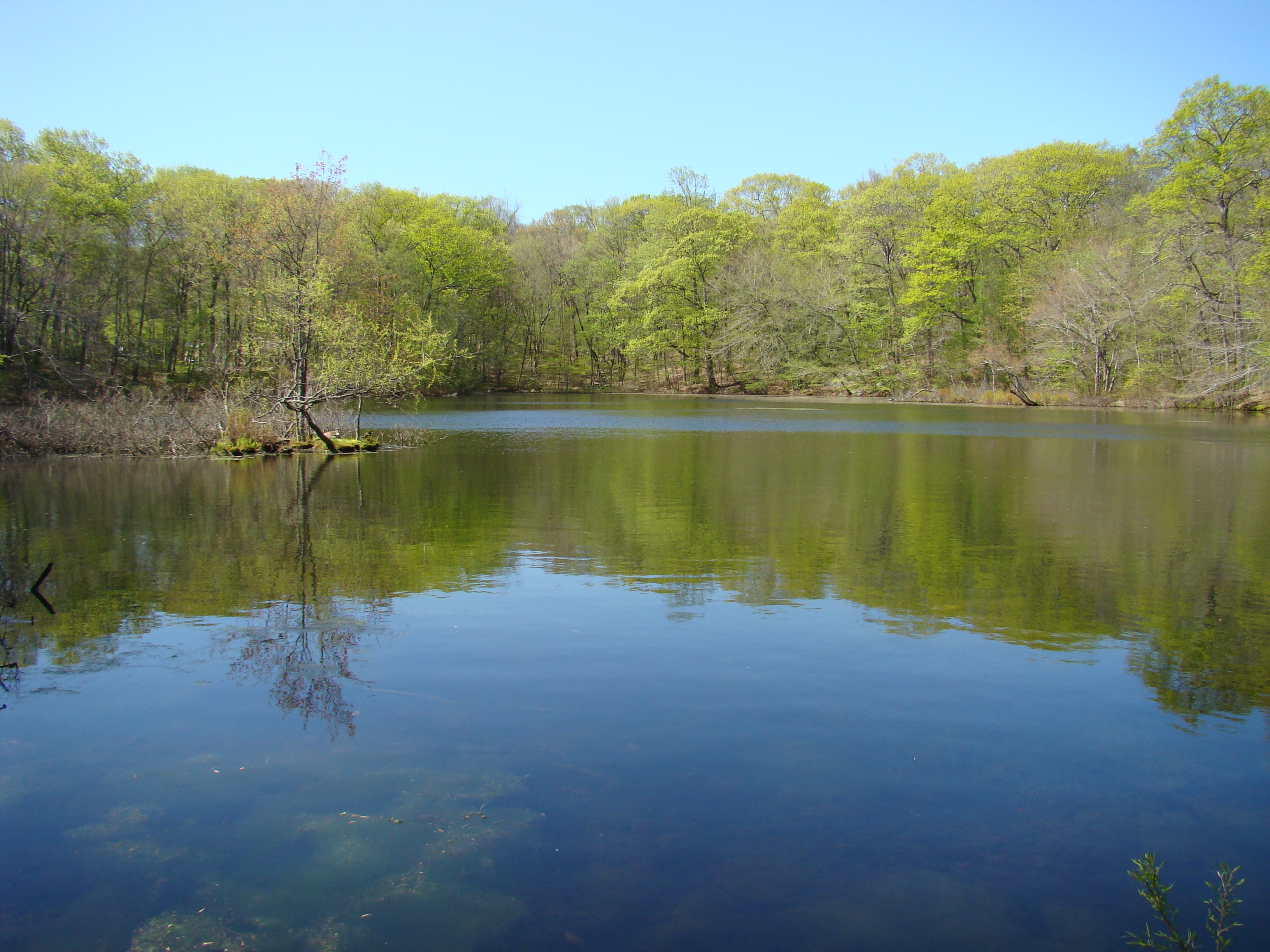
Weir Pond was built in 1896 after Julian Alden Weir won 1st prize at the Boston Art Club Exposition.